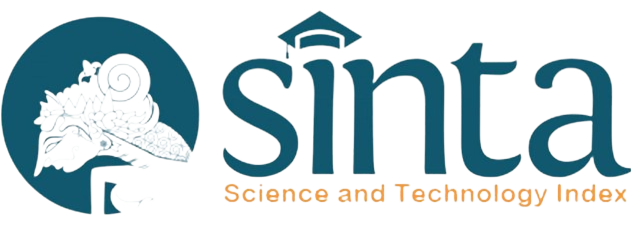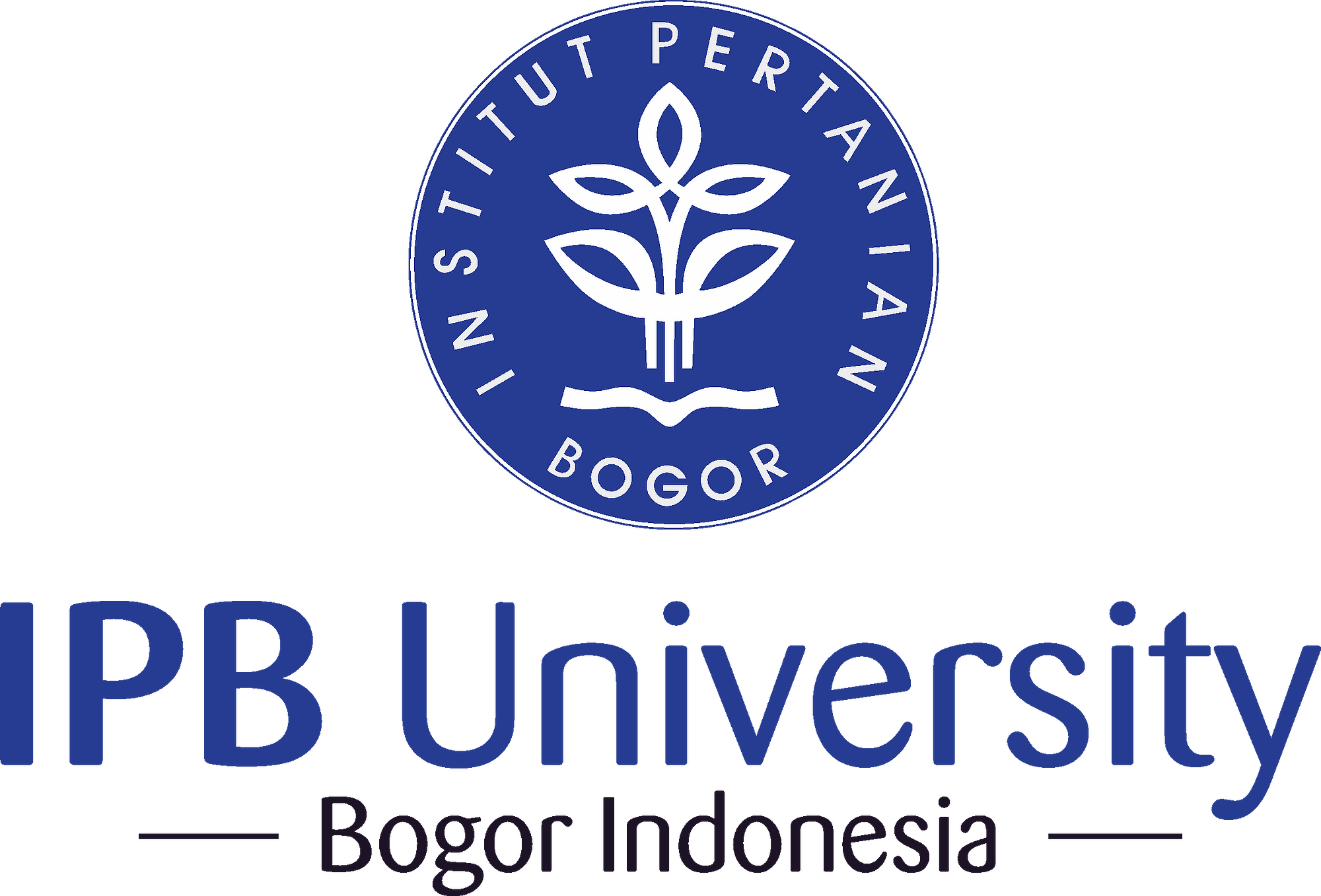Hydroponics and Aquaponics System Cultivation Effectiveness Test on Three Varieties of Shallots (Allium ascalonicum L.)
Abstract
Shallot (Allium ascalonicum L.) is a vegetable plant. Vegetables are also an important commodity in supporting national food security, along with increasing public awareness of the benefits of vegetables and the increasing population, causing the demand for vegetables to continue to increase. With limited land conditions, plant cultivation technology innovation is needed. Some agricultural technologies that can be used to meet the needs of vegetable crops are hydroponics and aquaponics. This study aims to determine the effectiveness of the Deep Flow Technique (DFT) hydroponics system and aquaponics on the growth and yield of three shallot varieties. This study used a Randomized Block Design (RBD) with a single treatment invoice consisting of 6 treatments in 4 replications including : A (Hydroponic DFT + Bima); B (Hydroponic DFT + Trident); C (DFT Hydroponics + Sembrani); D (Aquaponics + Bima); E (Aquaponics + Trident); F (Aquaponics + Sembrani). The results of this study indicated that the best growth and yield of shallot plants were obtained in the hydroponic combination of the DFT system and the Ttrisula variety, with the highest average yield at 1 MST plant height, 1-7 MST leaves, 3-7 MST tillers, and tubers ( 10.40), fresh weight of shallot per plant (29.21 g), dry weight of shallot per plant (21.18 g).
Keywords: Aquaphonics, Bima, Deep Flow Technique System, Sembrani, Trisula













